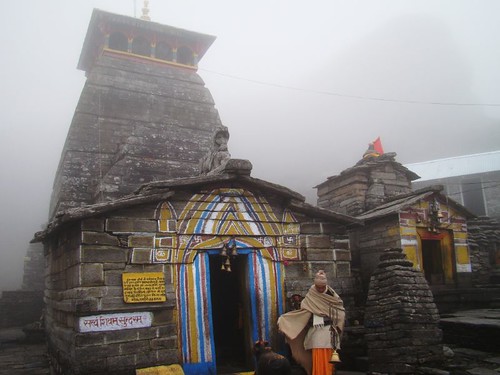Five Indian states are going to polls to elect their respective state legislature members in early 2017. The Election Commission of India is expected to announce the poll dates as soon as publishing the revised electoral rolls expected latest by January 15, 2017. The states going to polls are Uttar Pradesh (UP), Punjab, Uttarakhand, Manipur and Goa.
Elections in India are notorious for what is known as ‘buying of votes’ or ‘cash for votes’ practiced by some candidates and/or their political parties. The maximum limits of election expenditure for parliamentary and assembly constituencies have been prescribed by the election commission.
And it varies from state to state and it may vary from one election to the next election. For instance, the current maximum limit for small states like Goa and Manipur is Rs 8 lakh, and for a large state like UP, it is Rs 16 lakh. But, based on what was reported by news agencies during the previous elections, several candidates were spending in crores.
Where does all this money come from? Of course, it is an open secret that overspending depends on black money, which is amassed through corruption and other illegal practices.
In the past elections, liquor and cash were distributed liberally and openly to voters. All kinds of freebies, including electronic gadgets, clothing items such as saris, etc. were also distributed. These practices are also illegal. It is common sense that legally earned money cannot be spent in such ways.
One of the fallouts of demonetisation of high value Indian currency could be a substantial reduction in illegal election funding and spending. It is not that all candidates are corrupt. It is also not to claim that black money has been wiped out.
As news reports show, several people might have found ingenious ways to convert black money into white. That means cash for vote may still be at play in the coming elections, though the recent demonetisation drive might have dried up a substantial portion of unaccounted money that is usually hoarded in high value currency notes.
The Five States Going to Polls
The most populated state Uttar Pradesh will go to polls to elect 403 lawmakers for the Vidhan Sabha. The incumbent CM Akhilesh Yadav is seeking reelection of his Samajwadi Party (SP). His main rivals are the former CM Mayawati’s Bahujan Samaj Party (BSP), Bharatiya Janata Party (BJP), and the Indian National Congress (INC).
Punjab will go to polls to elect 117 members of the state Legislative Assembly. The ruling Shiromani Akali Dal (SAD)-BJP alliance, led by CM Parkash Singh Badal, may face tough competition from the Aam Aadmi Party (AAP), INC and BSP. Aawaaz-e-Punjab, a new party formed by Navjot Singh Siddhu and others, is expected to be in the fray independently, or in alliance with other parties.
In Goa, election will be held to elect 40 members of the state Legislative Assembly. The current CM Laxmikant Parsekar of the BJP is seeking reelection. The main rivals are the Congress (INC), Maharashtrawadi Gomantak Party (MGP) and Aam Aadmi Party (AAP).
Election will be held for 70 seats of the Vidhan Sabha in Uttarakhand. CM Harish Rawat and his party, the Congress, mainly face a tough challenge from the BJP. The Congress and BJP have ruled the state alternatively.
Election will be held in Manipur to elect 60 members of the state Legislative Assembly. The incumbent CM Okram Ibobi Singh is facing the main contenders BJP and the Trinamool Congress led by the West Bengal CM Mamata Banerjee.



